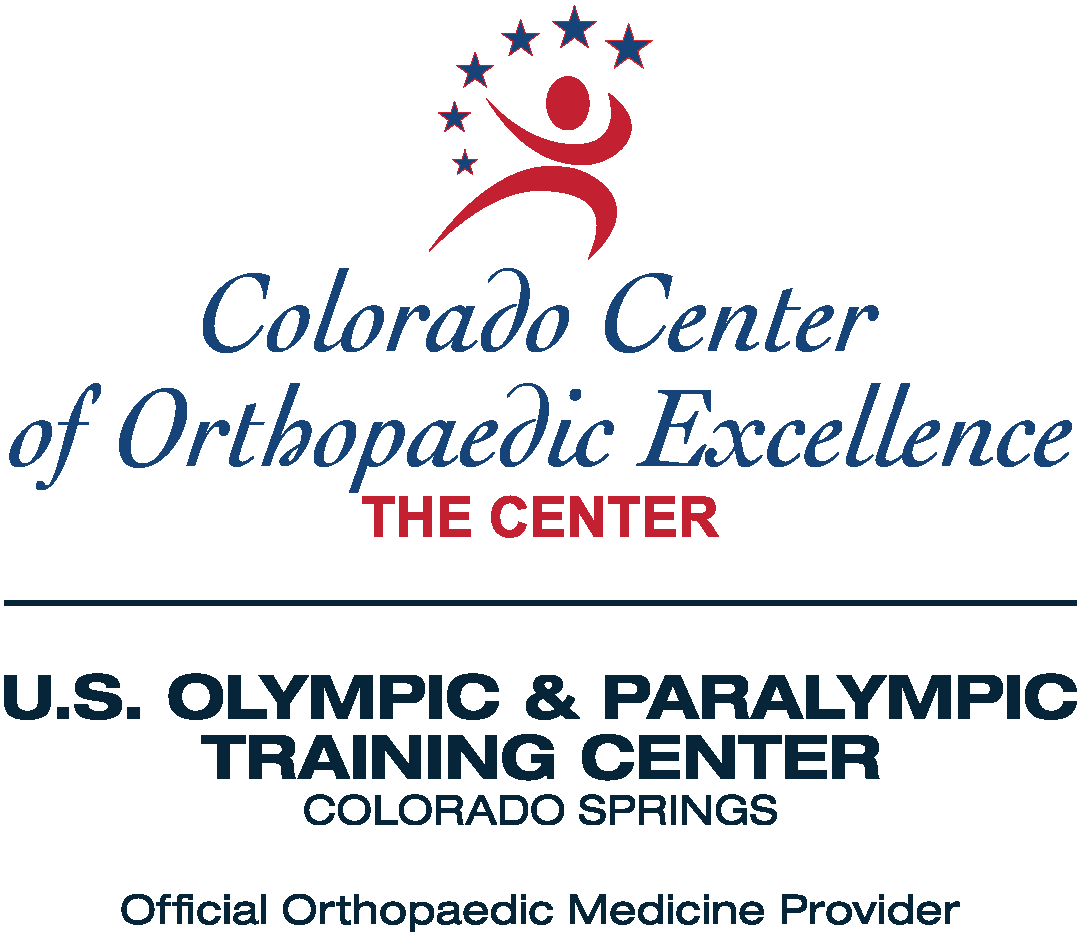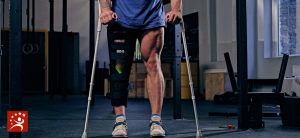Do you participate in a sport like basketball or volleyball where high impact running, and jumping is common? If you have persistent pain or swelling at the base of your knee you could have one of the most common knee injuries among athletes – patellar tendonitis.
Depending on the severity of your injury, the pain may only occur during or after exercise, but over time it may begin to impact your day-to-day activities. And, because it can develop so gradually over time, it is not always easy to recognize. But if these symptoms sound familiar, don’t wait until it hurts to sit or walk to be evaluated and diagnosed. A sports medicine specialist can determine if you have patellar tendonitis and provide treatment recommendations for recovery.
What is patellar tendonitis?
The patellar is the kneecap and the patellar tendon connects your kneecap to your shin bone. Patellar tendonitis is inflammation from a repetitive motion injury often seen in athletes who do a lot of running and jumping, such as with basketball, track and volleyball. For that reason, it’s sometimes referred to as “jumper’s knee,” and it’s especially prevalent in professional volleyball players. It’s most common among young people – in their twenties and thirties, and those who are taller or carry more weight are at higher risk.
Did you know that running puts as much as three times more force on your knees than walking does? On its own, this actually isn’t a bad thing. In fact, research shows that, for healthy runners, the knee can actually strengthen under increased force, and the tiny tears that stain causes in your tendon typically heal quickly and go unnoticed. But the aggregate impact of frequent jumping or carrying excess weight while running puts even more force on the knee, and the body can’t keep up with the number and severity of small tears in the tendon. It weakens over time, causing tendonitis.
How is patellar tendonitis diagnosed?
In addition to a physical examination and key questions about the nature and severity of your pain, your sports medicine specialist will evaluate your range of motion, and may recommend imaging such as an MRI, x-ray or ultrasound to confirm tendonitis or eliminate other injuries including bone fractures or soft-tissue damage.
What treatment is available for patellar tendonitis?
Treating patellar tendonitis early can ensure a full – and faster – recovery. Treatment will depend on several factors including the severity of the injury, your activity level and age, among other factors.
Getting your pain under control is always a first priority – usually accomplished with rest, ice and anti-inflammatories like Advil. And this regimen typically also resolves minor cases of patellar tendonitis too. Modifying your activities to minimize impact and wearing a brace that stabilizes and straightens the knee will also support recovery.
Many patients will need to modify their activities for a period of time – such as trading running and jumping for swimming, biking or other low impact activities – to minimize heavy impact on the knee. Others may need to add physical therapy exercises to their routine to build strength and flexibility in the surrounding area and support long term joint health.
Kinesiology taping (aka KT tape) can also help to stabilize the patellar tendon and reduce pain. Using a single piece of tape applied directly across the patellar tendon, many athletes are able to maintain range of motion and activity levels using these techniques
When is surgery needed?
In the most severe cases, the patellar tendon can become completely detached from the kneecap which requires surgery to repair. Surgery is generally only considered when all other treatment options are exhausted. In some cases, arthroscopic surgery can be used, which minimizes the incision size and generally has a faster recovery time.
Patellar tendonitis is common among athletes at all levels, and sports medicine specialists will work with each athlete to determine the best treatment options to help athletes return to play as quickly as possible while preventing re-injury and improving your body’s response to stress.
Our sports medicine specialists use cutting-edge diagnostic and treatment methods to eliminate pain and improve range of motion so the next time you spike the ball, dunk a basket, or run toward the finish line, you will feel just as good or better than you did before your injury occurred.










